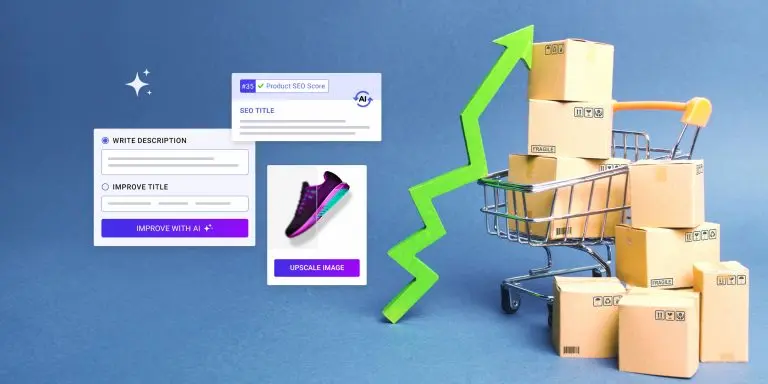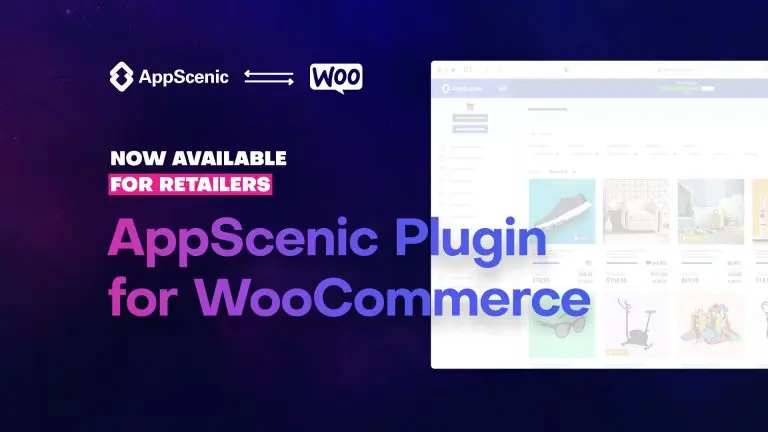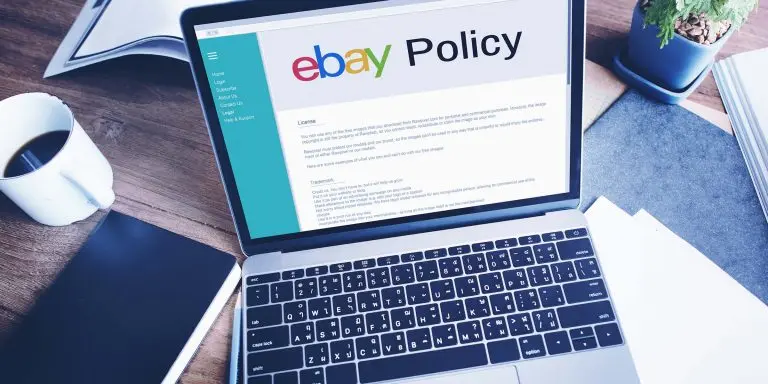International dropshipping allows merchants to enter the global marketplace without investing time and money in managing their inventory. They don’t have to carry stock themselves and can focus more on optimizing their online business. This article is an all-around guide on how you can start, launch, operate, and prosper your eCommerce store in 2024. Here could be the beginning of your global success. Let’s dive in!
Table of Contents
How Does an International Dropshipping Business Work
Dropshipping is a business model that allows you to sell products and earn profits online without managing inventory. To do this, you’ll need to collaborate with a third-party supplier, which could be a manufacturer, a wholesaler business, or a retailer. So, how does it work?
– When customers place an order on your Shopify store, they will pay the retail price you’ve set.
– You then forward the order details to the supplier, who will directly ship the product to the customer.
– After completing the order, you will receive a profit margin based on your agreement with the supplier.
For example, if a customer purchases $50 for an item and the wholesale price is $40, you will keep the remaining $10 as your profit. Setting up a dropshipping business is straightforward and doesn’t require a large upfront investment. However, you can check out top dropshipping stores to get some inspiration.
International dropshipping allows you to expand your business beyond domestic borders and tap into the global market. However, you need an actionable plan for it. If you’re a beginner with dropshipping, let’s get started with a quick-start guide first.
5 Steps to Start Your Dropshipping Business
Starting something new is always challenging. Even though the dropshipping business today has never been more accessible, launching a successful online store can still be daunting and confusing. This section will provide you with a straightforward overview of what you need to do to start from scratch. From choosing a name for your business, and selecting products to launching your Shopify store and making your first sale, these 7 steps will give you a solid foundation for your own dropshipping business journey. Let’s get into it!
1. Choose a Niche and Find Products

Dropshipping is one of the most popular business models, and competition in the industry is high. Therefore, it’s crucial to make your dropshipping store stand out from the rest. To do so, you should choose a niche and products that align with your preferences and strengths. Here are some tips to help you get started:
– Consider trending products. You can use a tool such as Google Trends to gain a better insight into your preferred topics and monitor when the interest spikes and drops off.
– Conduct some product and competitor research. Look for products that have stable or increasing sales. You can do this by checking out the top-selling products on Amazon or other similar eCommerce sites. Then you can do some further research on other stores or entrepreneurs to see what they are doing to promote the products. Analyze their strengths, weaknesses, and what you can do better or avoid.
– Your hobbies and interests. After all, the right niche and products for your business aren’t those that are on top trending but those that most align with your goals and interests. This will give you the strength to walk through all the challenges in the process.
Once you have determined what niche and range of products to start, let’s move on to the next steps.
2. Prepare Brand Assets for Your Online Store
There are 4 basic brand assets for you to prepare before building your brand on Shopify. They include a brand name, a logo, a colour palette, and typography. Let’s first begin with a brand name.
Make sure that your brand name is simple, creative (if possible), and most importantly, memorable. If you need help, we’ve created a tool called: “Shop Name Ideas” to make the process easier and more effective. You can effortlessly find competitors and refer to their best practices to enhance your brand. All you need to do is select your business niche and your sub-industry before hitting the “Generate” button.
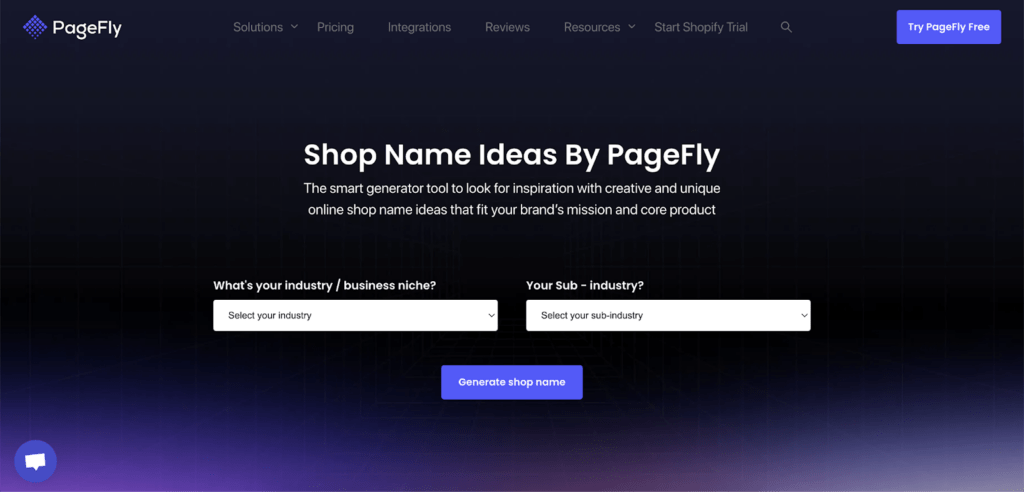
The next step is to design a logo for your brand. If you’re looking for a quick solution, you can try Canva or Shopify’s free logo generator for some inspiration. However, remember that a good logo should be recognizable, minimal, and incorporate your brand’s colors.
Furthermore, your brand’s colors are the visitors; first impression and play an important role in creating the overall appearance of your Shopify store. An important key takeaway for you is that you should not pick more than 5 colors for your palette, and make sure it has at least a base color, an accent, and a neutral color.
Moving on to typography, you should strongly consider choosing a font that is easy to read, artful, timeless, and purposeful. After you’ve prepared the basic assets for your brand, you can present them to your trusted ones or experts for feedback. Feedback is crucial as it offers different and honest perspectives and may inspire you to optimize your performance even more.
3. Create Your Shopify Store
Now, let’s create your Shopify store together! Don’t worry, it should be a simple and quick process. You can sign up for a Shopify free trial using the following guide:

Once you have completed signing up, your Shopify account is ready to go. Now is the time for you to create and customize your online dropshipping store. This is one of the most preferred and optimized platforms, offering features that transcend geographical boundaries. These features include localized currencies, languages, tailored storefronts, custom pricing, or international domains.
If your goal is to become an international dropshipping business, then Shopify is a great platform to start. After finishing setting up and customizing your store, it’s time to get the necessary licenses and work on the finances.
4. Get the Necessary Licenses and Set Up the Finances
By setting up a legitimate business entity, you can protect your business from dropshipping legal liabilities and provide the necessary conditions to work with better suppliers and business partners. Make sure you consult with experts to gain an overview of what you should and shouldn’t do in your dropshipping business.
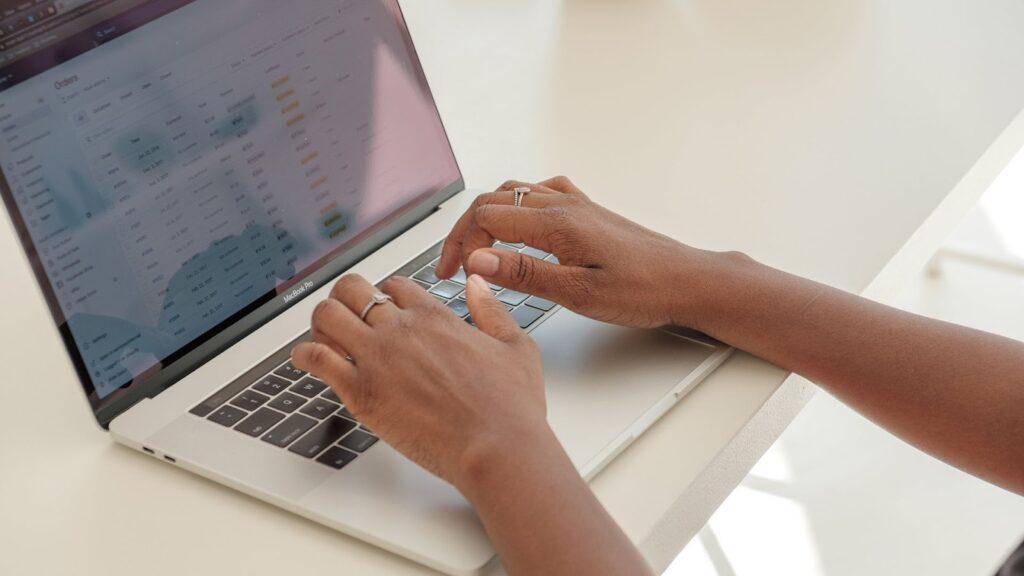
Don’t forget to set up policies for your business. They will guarantee both your business and customers’ benefits and make your store look more reliable and professional. Here are some of the basic policies for you to start:
– Refund policy. This creates a sense of security and safety for your customers in the shopping process.
– Return or exchange policy. Since it’s online selling, customers cannot touch or see the products with their own eyes. Even when you display pleasing and realistic product images, this will enhance your store’s credibility and conversion rates.
– Terms and conditions. This is a safeguard for your business, especially for global shipping. It’s a must that you comprehend your policies, payment procedures, insurance, protection, express liability, and other terms. By doing this, you can outline your business’s and customers’ rights and responsibilities.
– Privacy policy. This is a way that you can show customers that your business cares for their benefits and private information. You need to explain how it collects, uses, and discloses its data.

💡Quick note: You can start by referring to Shopify’s pre-made policy templates.
5. Find Dropshipping Suppliers
Your dropshipping supplier will play a vital role in determining your business success. They are not only responsible for providing the products but also responsible for delivering them to customers. When looking for the right partners, you should take the following into serious consideration:
– Legality and reputation. Check for reviews or feedback from their previous customers. Always ask for their business license to avoid scammers.
– Check their minimum order quantity offers. Normally, the more items you buy, the cheaper the shipping costs you must pay to ship products. Ask the supplier if they offer any minimum order discount for shipping internationally.

– Additional fee. There will potentially be other costs such as monthly subscription, packaging, refund, and operation fees. They will considerably contribute to your profit margins. Before diving into the business, ensure you are aware of this.
– Customer service. Since this is an online business, you need to take customer service as one of the priorities. Check the supplier’s support channels and ensure that they offer prompt responses and can help you address customer issues.
– Quality. Make a sample order first to have a practical and honest experience with it before deciding. It makes you more confident about the products and sets realistic expectations.
– Order fulfilment process. Estimate the average time it takes for the dropshipping supplier to take over the delivery and other activities.
What You Need to Prepare For
If you’re looking to expand your dropshipping business internationally, below are some key takeaways you need to prepare for.
The Legal Requirements of Destination Country

Before reaching out to other markets, make sure that you have conducted proper research and have in-depth knowledge of their local laws and regulations, clearances, and restrictions. This will help you avoid potential penalties and fines and prevent your brand from encountering unnecessary troubles with authorities.
For example, some countries require businesses to file information about the incoming order. If you fail to do so, it may result in various levels of fees and penalties. This could be costly, significantly affect your profit margin, and be harmful to your eCommerce business reputation. Double-check all the requirements and consult with an expert if needed to ensure that you are familiar with regional regulations.
Shipping Carriers
If you own an international dropshipping store, it’s a must that your supplier offers global shipping. There are several essential factors that you need to consider before choosing a shipping carrier, such as shipping options, shipping rates, coverage, tracking, delivery timeframe, packages, and policies.

However, have you ever encountered situations when customers blamed you for something that wasn’t your fault? It’s understandable that you have almost no control over the supply chain, but even the best supplier can make mistakes. In most cases, you will need to take the responsibility and apologize to the customers.
💡Quick note: You can search for the sellers on AliExpress who keep storage in your target countries and states nearby to reduce the delivery time and rates.
Tracking and Insurance
It’s important that customers can track the shipping process of their orders, especially in the context of international dropshipping. This should be a crystal-clear and easy-to-follow process for both you and your customers. Therefore, before deciding on the dropshipping supplier that is best for your business, ensure that they also provide tracking information.
The tracking code enables you to resolve any issues or shipment delays that arise during the shipping process as quickly and efficiently as possible. Since customers usually don’t reach out to the shipping companies directly, you will be their number-one contact for any concerns. With the tracking code in hand, you’ll receive the latest updates on the shipment status, whether the customer has received the package, or if the shipping carrier itself is experiencing delays.
Additionally, securing an extra insurance fee is crucial, particularly for international dropshipping. This extra fee safeguards the shipment against issues like lost or damaged packages. Typically, every global express shipper includes insurance as part of the shipping costs. However, you can double-check this first with the carriers.
Tips for Your International Dropshipping Business
This could be a both challenging and exciting journey. You will have to navigate the complexities of the global supply chains, logistics, and cross-border customer service. However, the following tips can make that process less stressful.
Choose the Right Payment Gateways
Have you ever placed an online order and experienced frustration during the payment process? Did you return to that store and give it another try? In the realm of eCommerce, consumers expect the purchasing process to be both lightning-fast and secure. Ensure that the payment providers your store integrates with are accessible in your target countries, reliable, and as varied as possible.

To effectively improve your store’s conversion rates and reduce cart abandonment, it’s essential to implement the right payment gateways. You can make a more informed decision for your international dropshipping store by researching both your competitors and the target market.
💡Quick note: You can create a business bank account for your online store under your dropshipping brand name. It will receive only payments from customers and pay the suppliers.
Run Specific Promotions or Campaigns for Each Country
Each destination country has its own unique culture and history, which means a one-size-fits-all approach won’t work when it comes to international markets. If you aim to reach the global market, it’s a wise strategy to develop unique promotional campaigns for each nation destination country or target market.
💡Quick note: Using the local language of your target audience can create the most impact.
Use Google Search
Typically, we use Google to search for ideas about dropshipping trends, products, and suppliers. Therefore, we should know how to use it properly. By following these rules, you can use the most of it:
– Search until the last results. It’s not a myth that wholesales are worse at doing marketing and running promotions. This means that you need to search for them extensively. You may have runway down the list to find the most suitable supplier for your business.
– Poor website designs don’t mean poor suppliers. A well-designed website may indicate a good supplier. However, many legitimate suppliers have “90s-style” websites. So, don’t instantly judge a supplier just based on their website.

– Use multiple paraphrased keywords. Try various search queries. You can try using these modifiers “distributor”, “reseller”, “bulk”, “wholesalers”, “eCommerce retailer”, “worldwide shipping carrier”, and “warehouse”.
Continuously Improve Customer Service
It’s inevitable that other stores will be selling products similar to yours. To stand out from the crowd, it’s crucial to offer excellent and responsive customer service. There are several strategies you can employ, such as sending thank-you cards and creating campaigns for loyal customers to make them feel special.
Angry customers are more likely to leave negative reviews on your store and products, and one of the most important success factors for an online store is its reputation. By consistently providing excellent customer service, you can minimize this risk and build trust in your brand.
💡Quick note: You can run campaigns to encourage customers to leave reviews.
Top 5 Commons Niches for International Dropshipping
Clothes and Accessories

The global apparel, clothing, and accessories market revenue is rising. According to Statista research, the market value was $1.5 trillion in 2020, and experts estimate that it will reach $2.25 trillion by 2025. With platforms like Shopify, it’s more convenient and efficient to grow and scale up your business. You can pursue inspiration with some Shopify jewelry and clothing examples.
For example, if you want to launch an accessory store, you may consider finding jewelry dropshipping suppliers who offer trendy and high-quality products to meet both customer expectations and delivery time.
Pet Products
The pet supply market is worth $4.5 billion and offers profitable niche opportunities with profit margins ranging from 30% to 60%. If you’re a pet lover, then starting with pet products could be a great idea. The demand has remained stable for the past five years, and there is a wide range of options available for you to choose from.
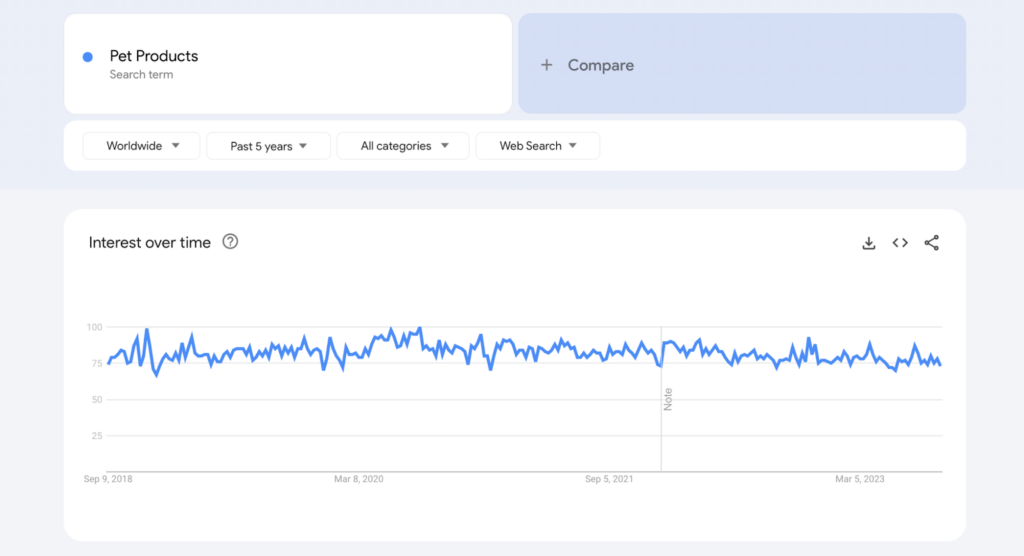
Pet owners are often willing to spend generously on their furry friends to keep them happy and healthy every day. Additionally, this niche boasts high retention rates, as owners usually remain loyal to the products or brands that their pets like. Some popular dropshipping products in this niche include furniture and bedding, bowls and dishes, water fountains, grooming supplies, and collars.
Tools and Home Improvement

A cozy and safe home improves our quality of life. Since the pandemic began, home improvement has become a top priority for many people, making it an evergreen niche for dropshippers. Leading products in this niche include surveillance equipment, tool sets, tech accessories, bathroom supplies, robot cleaners, and air purifiers.
It’s important that your website conveys a sense of modernity, minimalism, and reliability to visitors. If you’re not a design expert, you can always reach out to a professional or a partner to assist you along the way.
Smartphone Accessories
Do you own more than one accessory for your phone? In 2024, the estimated number of smartphone users worldwide is 6.92 billion, which means that approximately 85.88% of the world’s population owns a smartphone. Moreover, there are many pre-made themes available in this niche to help you quickly build your own business.
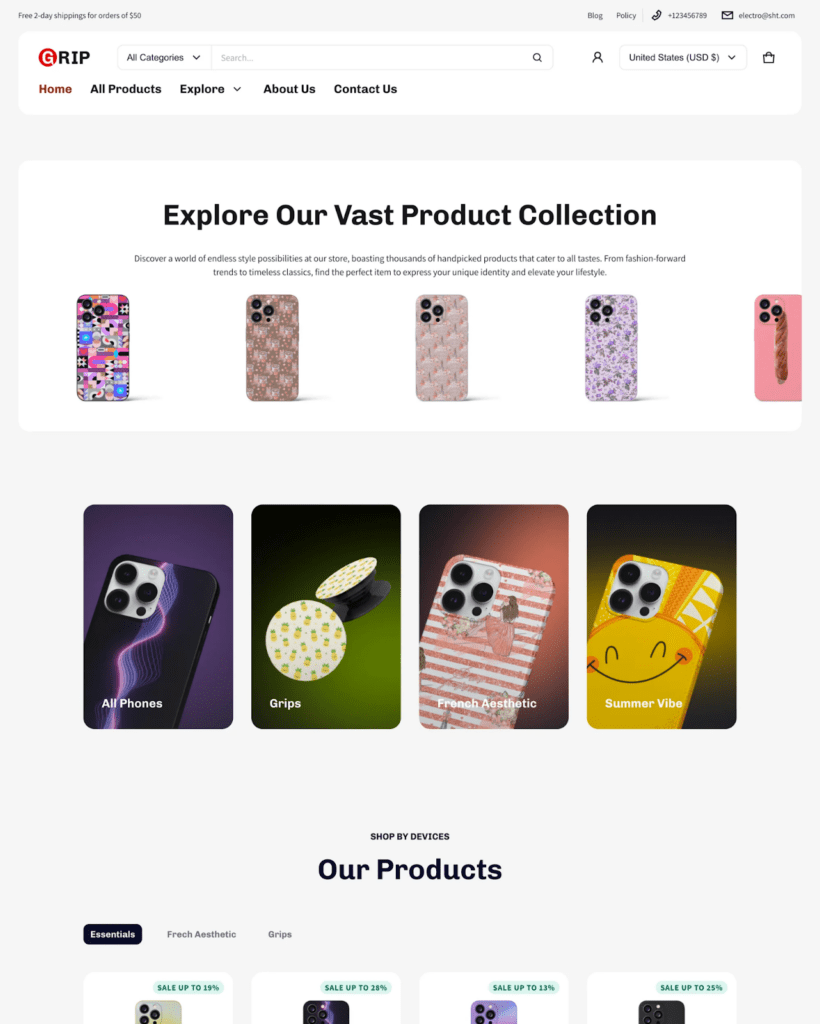
For this specific niche, you can consider offering bundle options to customers. For example, you could create a combo that includes a charger, a case, and a screen protector to increase the average order value of your store.
Gaming
Gaming has a wide and varied range of users by age and gender. There are no limitations when it comes to gaming. It has always been popular since the 1970s and is continuing to expand to greater heights.
There are some well-known gaming products such as gaming chairs, desks, headsets, keyboards, pads, air dusters, and LED strip lights, …
💡Quick note: Here are some tools for you to make a product-finding process much easier: Google Trends, Amazon bestsellers, eBay watch count, AliExpress, and Niche Scraper.
Best eCommerce Platforms to Start
Before diving into it, there are some key factors for you to consider when choosing the suitable eCommerce platform to build your dropshipping business. The factors are ease of use, scalability, pricing, dropshipping integration and support, built-in marketing tools, and customer service.
Shopify
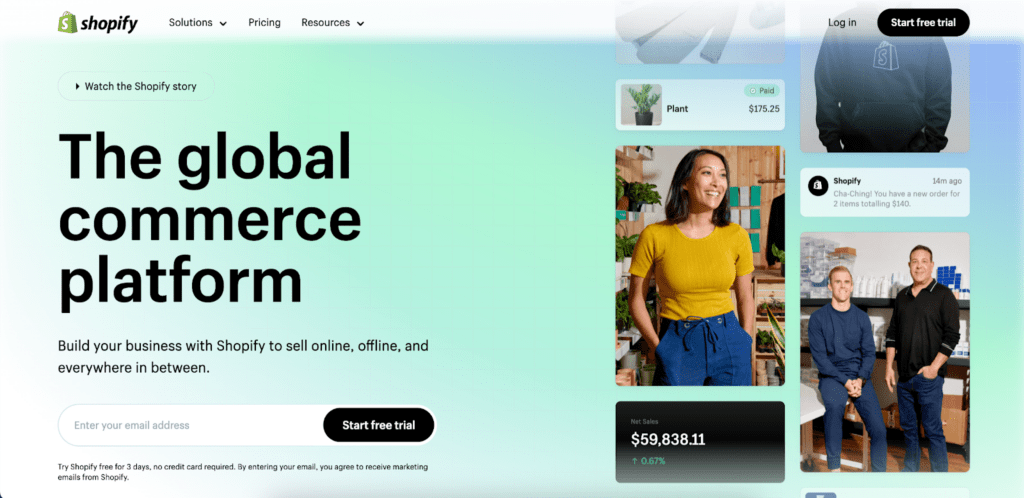
You don’t need to be tech-savvy to get started with Shopify. It’s one of the most popular and effective eCommerce platforms, featuring built-in marketing and CMS tools. It also provides free tools such as Shopify theme detector, name generator, or logo maker to support small businesses. Shopify has 24/7 phone support, live chat, and email, Shopify is an ideal platform for beginners and self-managed store owners.
Furthermore, you can find a variety of dropshipping apps on Shopify website and app store. These integrations will help you connect with both US/UK and Chinese suppliers. After the free trial period, you can continue with one of three different plans:
– Basic: $25/month ($19/month if you paid annually)
– Shopify: $65/month ($49/month if you paid annually)
– Advanced: $399/month ($299/month if you paid annually)
WooCommerce
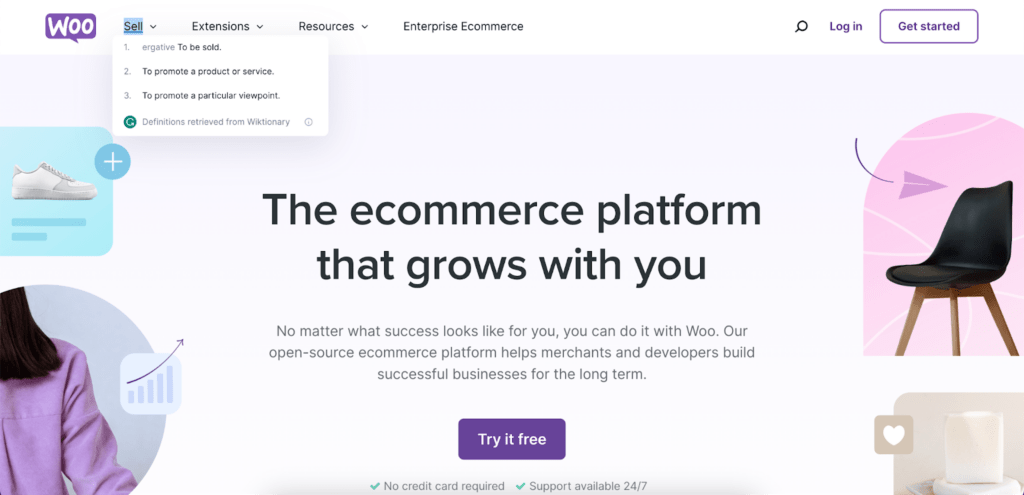
WooCommerce is a free WordPress plugin that can turn your WordPress website into an online store with its eCommerce features. It’s easy to start and use and offers merchants affordable pricing plans. There are many dropshipping plugins and built-in SEO features available for you to explore.
WooCommerce gives users the ability to scale up with unlimited flexibility and customizable capabilities. Here are some basic costs of WooCommerce:
– Hosting costs: $120 per year (average)
– Theme cost: $0 – 100 per year
– Communications: free to $348 per year
– SEO: free to $79 per year
– Security: free to $300 per year
– SSL certificate: typically free but could cost up to $65 per year
BigCommerce

BigCommerce offers top built-in commerce features for mid-market and enterprise-level businesses. It’s a feature-rich hosted platform that provides advanced SEO tools, abandoned cart recovery systems, and other marketing integrations for merchants.
You can personalize your customer experience with the customer augmentation feature. If you want to sell on multiple channels, BigCommerce allows you to manage your inventory in one place while selling across different platforms. It’s ideal for large businesses that have multiple staff members. BigCommerce provides unlimited staff accounts and allows you to set specific permissions for each of them. Here are the pricing plans of BigCommerce:
– Standard: $29.95/month
– Plus: $79.95/month
– Pro: $299.95/month
– Enterprise: Contact
Wix

Wix Commerce allows users to build their unique store without coding or design skills. The platform offers a hosted solution, along with more than 80 pre-made templates and an intuitive drag-and-drop interface for users. Wix also integrates with many automated marketing tools. Here are the pricing plans of Wix Commerce:
– Business and eCommerce plans: $17 – $35/month
– Enterprise plans: Contact
Squarespace
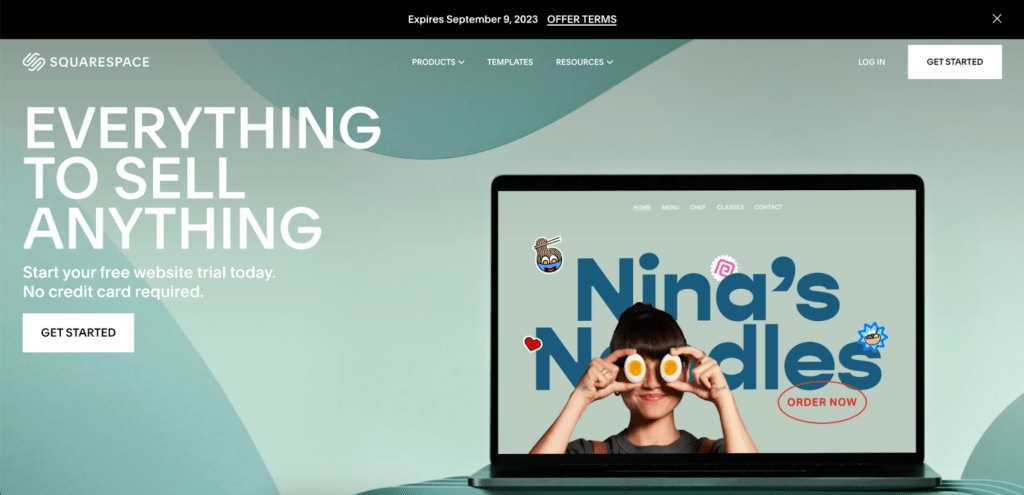
Squarespace is an ideal platform for small businesses that are looking to create visually appealing websites. It’s an advanced website builder and also offers many aesthetically pleasing templates for beginners to get started with.
As a SaaS (Software as a service) platform, Squarespace will take care of the hosting and domain costs for you. It also offers many SEO features, as well as marketing and analytics tools to grow your business. Here are the pricing plans of Squarespace:
– Personal plan: $23/month ($16/month if you pay annually)
– Business plan: $33/month ($23/month if you pay annually)
– Commerce Basic plan: $36/month ($27/month if you pay annually)
– Commerce Advanced plan: $65/month ($49/month if you pay annually)
Conclusion
International dropshipping offers an enormous opportunity for eCommerce businesses to scale up and reach the global market. The factors mentioned above are crucial for you to consider and get prepared for. Since the eCommerce world is constantly changing and evolving, it’s vital that you stay updated and adapt to changes.
FAQs: International Dropshipping Wrap-Up Guide for Business
– Can you dropship internationally?
Yes, however, make sure you know its pros and cons to prepare properly beforehand.
– How to start my international dropshipping business?
First, you must do market research and find the appropriate niche and products for your business. After that, create your online store, get all the necessary licenses, set up the finances, and find suppliers.
– What to keep in mind when dropshipping globally?
You need to carefully decide on suitable payment gateways, consider cultural differences, continue to improve your service, and use Google search properly.
– What are the best platforms to start?
The most suitable eCommerce platform for you depends on your business’ size and needs. Make sure to conduct proper research to decide which platform offers you the best features.


































